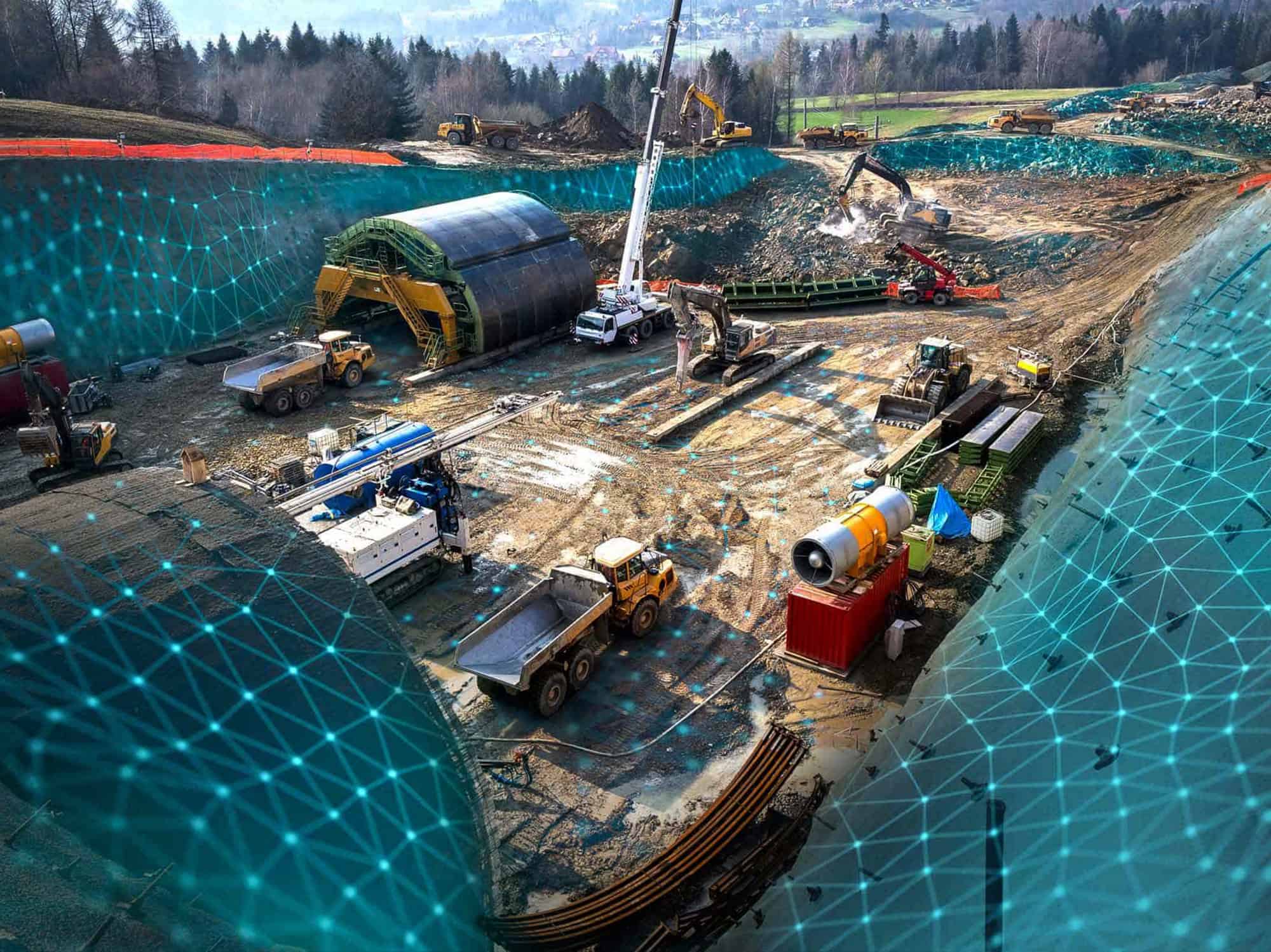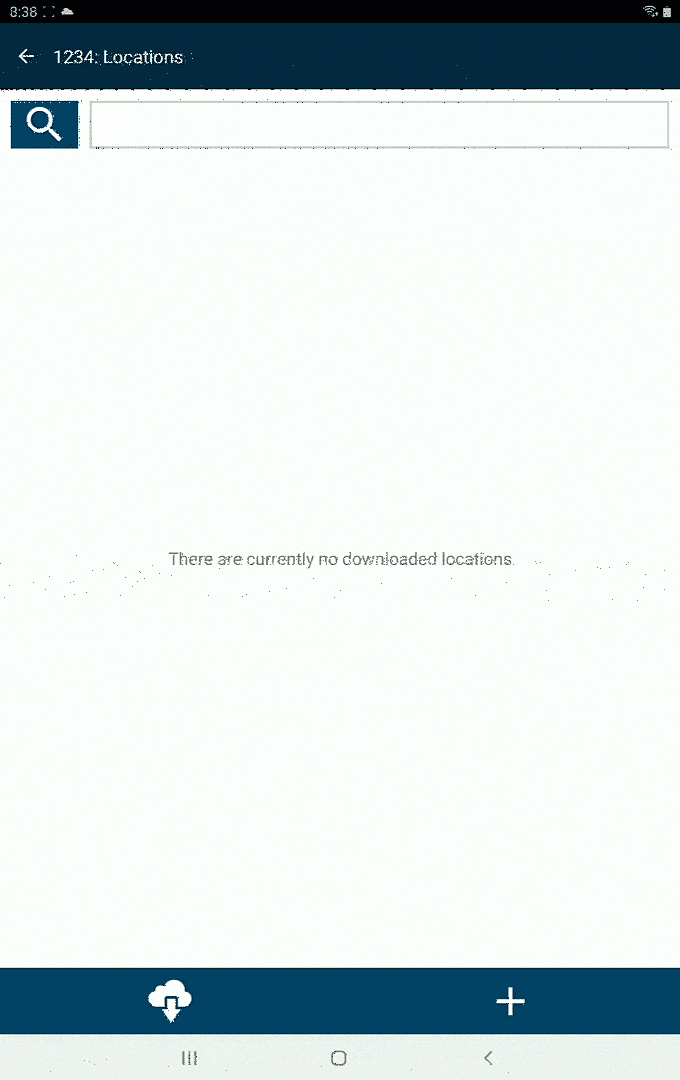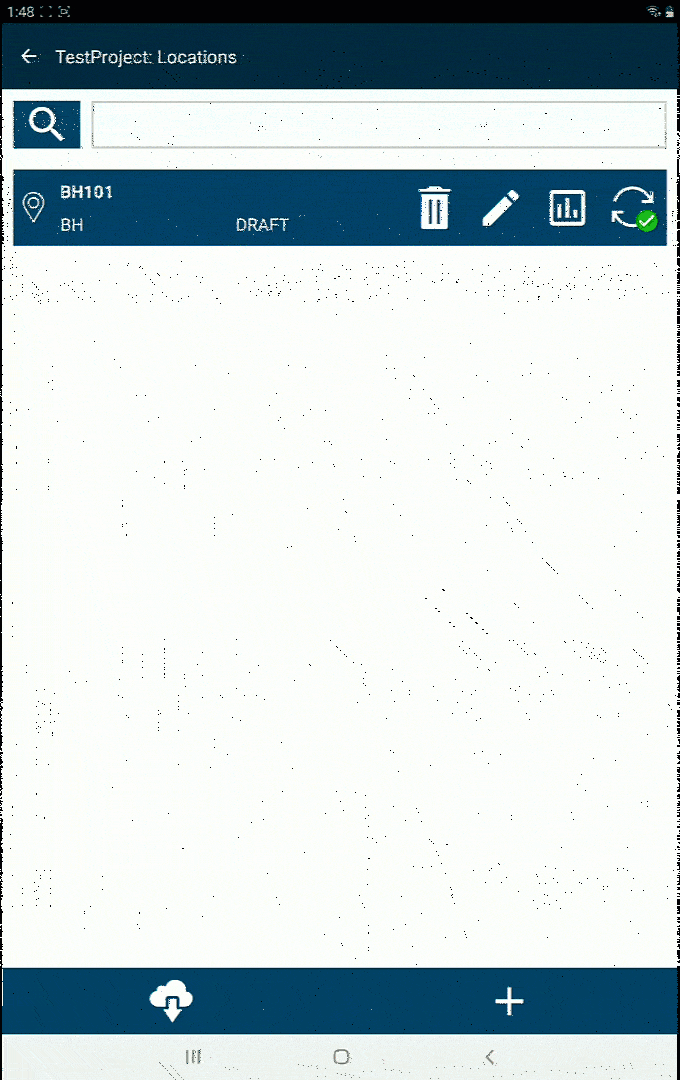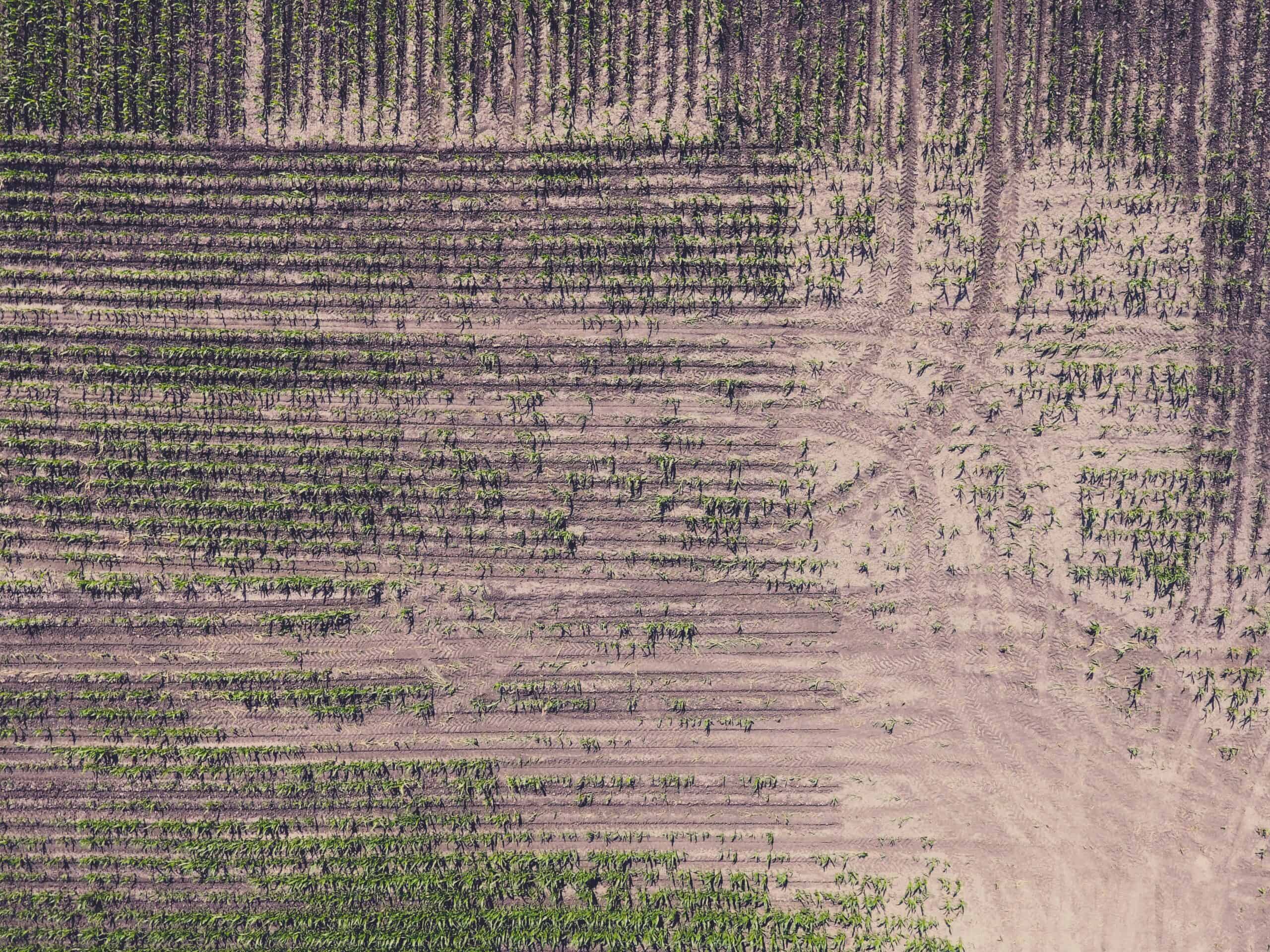Shift Support in OpenGround can be an invaluable tool in ensuring shift changes happen more smoothly and productively, says Product Manager Marie-Claude Dubé. It makes life easier for the teams on the rig, while also giving owner operators fine-detail insight into what’s been achieved on each shift.
However well organised your drilling may be, there is always one crack that your productivity could slip through: the shift change. That moment when crews swap over is a potential weak link in the chain of data that drives and empowers your project.
How can you be certain that what was done and discovered by one shift is passed on to the next, or accurately recorded, or even logged in a way that gives you the true picture of how much was achieved and by which crew? If it turns out that a mistake in the drilling has waylaid the project, led to a missed opportunity or lost critical time, how do you establish cause and responsibility, and stop it from happening again?
For owner operators attempting to keep track of what’s been drilled and what’s been found, the shift change can be a fuzzy moment in their confidence and a crucial gap in their knowledge – a gap that may prevent them from making agile, informed decisions on what could and should happen next.
Crews already have a lot on their plate
This is especially the case when shift change details are still recorded on paper. Expecting a crew to recall and write down every aspect of their day, right at the end of it, is hopeful at best. The gaps can be worse still if logging takes place days later, from memory, when crews have to cast their minds back. Even if the logging is meticulous and accurate, it may be days if not weeks before that paperwork makes its way back to the office – too late for prompt intervention.
For example, a team might have been asked to drill 100ft, but hits rock at 25. Without further instruction, the next crew just keeps on going, expensively. But with a live update of what took place on the last shift, a project manager can change focus for the next team, making the most of their effort, potentially saving time and money.
And that’s where the advantages of putting your shift changes into the cloud start to become apparent. With Shift Support now part of OpenGround Data Collector, many of the challenges created by unmanaged crew transfers start to disappear.
Shifting to the Cloud helps teams smooth out the transfer
By establishing a discipline to the crew handover process, Shift Support in Data Collector makes a number of things possible. Using a mobile device, departing teams have to record a full set of pre-determined details before they can log out for the day, so standardizing the information that’s documented. Incoming crews need to initiate a new shift – they can’t do any work without it – meaning change times are always automatically registered and owner operators will no longer be in doubt about what was done when, and by whom.
Starting a new shift in Data Collector
Once a shift has been activated, project managers can see what’s been logged in real time and start evaluating immediately – what was drilled in a specific timeframe, how deep the crew drilled, how many samples were collected, the pace of drilling, etc.
They can adjust the project while the crew is still on site – the one familiar with what’s happening right now. That’s far more efficient than waiting for the paperwork to arrive, then needing to ask for more detail from a crew you hope can remember what they saw three days ago. Drillers can also see this information in a log sheet produced at the end of a shift. These sheets mimic the traditional paper-based forms and help with the transition to digital logging.
Ending a shift and viewing shift logs
For the crews themselves, the system is simple and intuitive; it’s just there in the latest version of Data Collector. They start work with an immediate update on what happened on the previous shift and any issues they need to address (a stuck drill, for example). And there are no arguments later on what they did or didn’t drill. The proof and timeline of their work are there in the cloud, from the moment they step off the rig.
For owner operators, the aim is always to have the drilling done as quickly and efficiently as possible. Giving your crews the best opportunity to hand over smoothly, from one shift to another, only enhances that, along with boosting productivity, and eventually profit.










